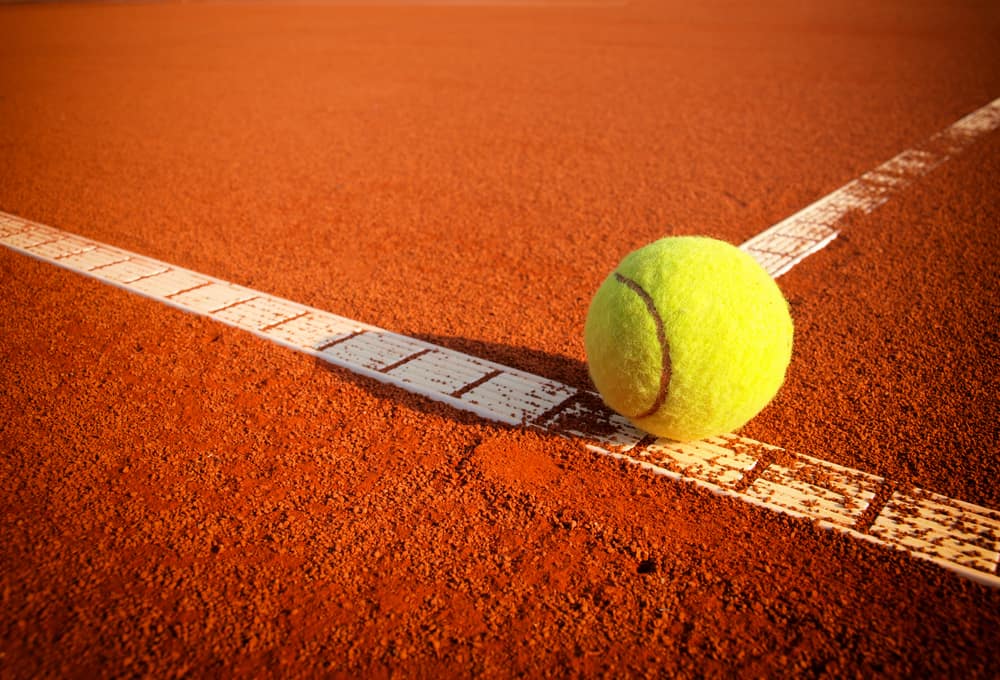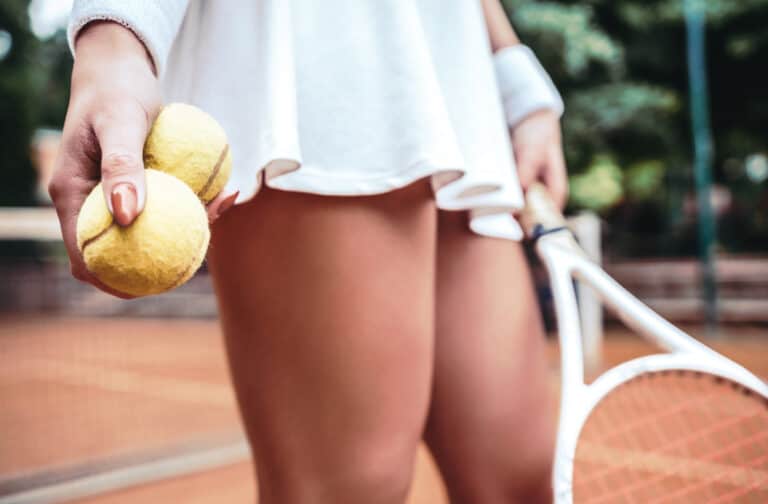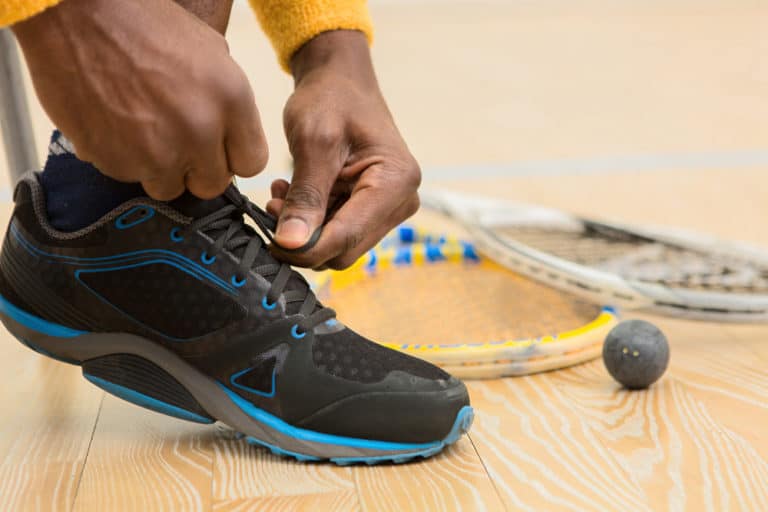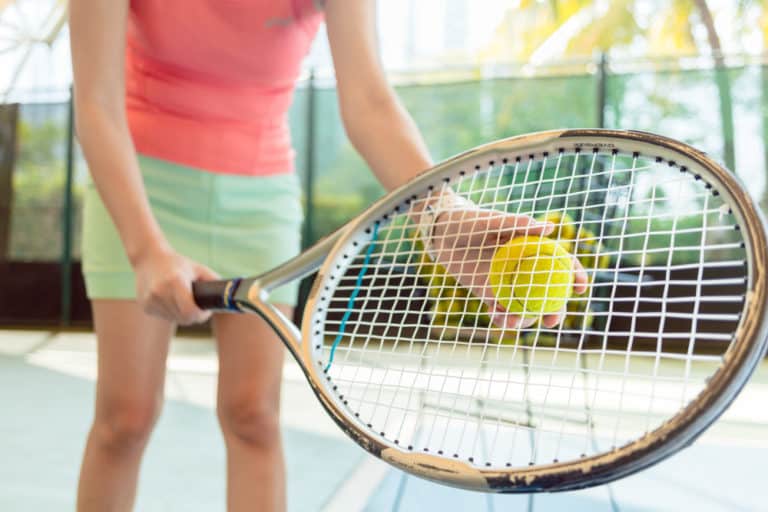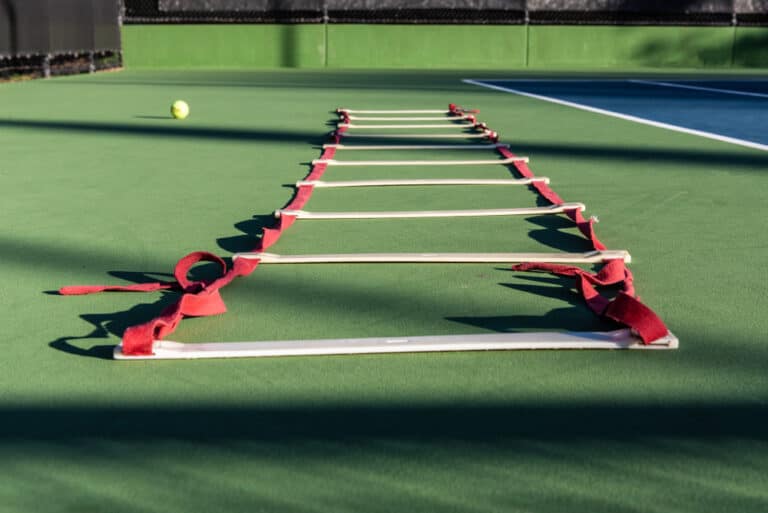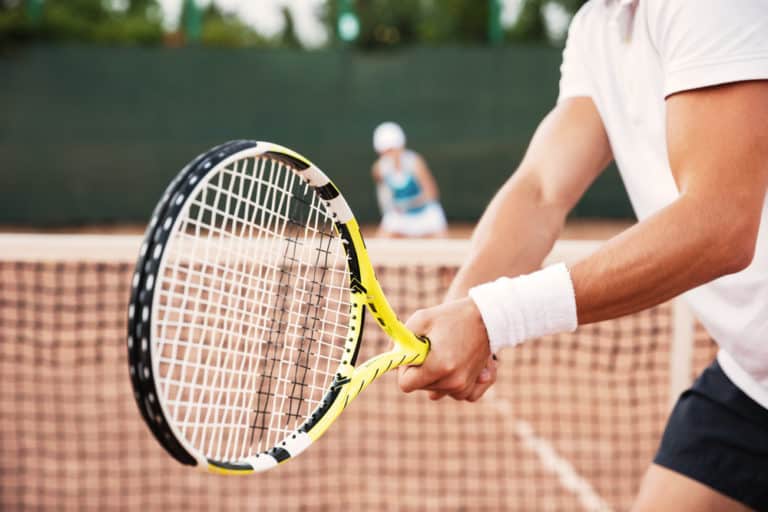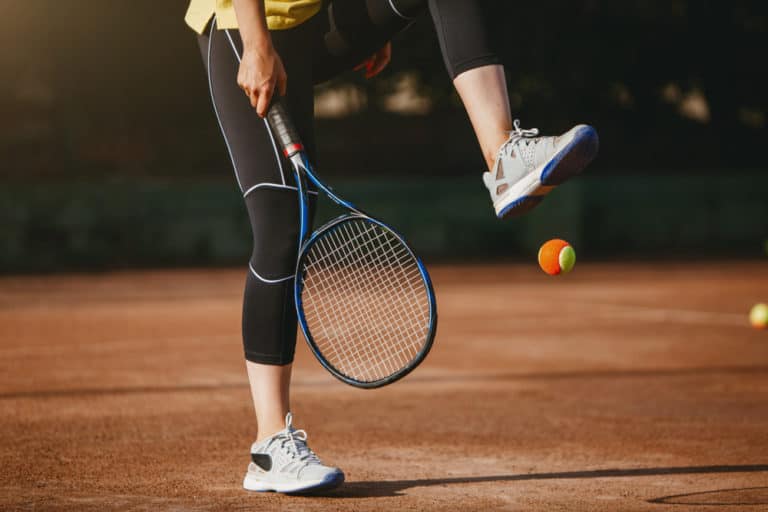Can You Use Hard Court Balls On Clay Courts?
When it comes to playing a good game of tennis, several factors come into play. While your general skillset is the most significant contributing factor, several other factors will significantly impact your tennis game, such as the type of ball, racquet, and the court.
While it is technically possible to use hard court balls on clay courts, it is not advisable. This is because hard court balls have more wool and a looser weave. As a result, they will collect more clay and moisture during a game, causing them to become heavier and slower when played with.
To ensure that you purchase the right ball for the purposes of your game, you must understand the difference between the different types of balls and the type of court on which they perform best. Tennis balls are designed specifically with one court type in mind, so choosing the correct ball will make all the difference.
Can You Use Hard Court Balls On Clay Courts?
Generally speaking, it’s not advisable to use hard court balls on clay courts. As the name suggests, hard court balls are designed to be used on hard courts and are manufactured with a looser weave and a generally thicker felt. This construction allows hard court balls to withstand the extreme forces experienced on hard court surfaces.
If a hard court ball (extra duty ball) is used on a clay court, it will quickly become fluffy and collect higher amounts of clay and moisture. The more the ball is used on the clay court, the heavier it becomes, resulting in slower movement and negatively impacted gameplay. The clay essentially penetrates the felt and causes the ball to become puffy.
The two main categories of a tennis ball are the extra duty balls (for hard courts) and regular duty balls (designed for clay, carpet, and indoor hard courts). The main difference between the two ball types is the felt. Remember that all tennis balls should have the same size and weight, with a bounce of 53” to 58” when dropped from 100”.
The subtle differences between the two types of tennis balls will significantly affect the ball’s speed, bounce, and general durability.
Extra Duty Balls
Extra-duty tennis balls are designed to be used on outdoor hard courts. The felt of this ball type is made up of wool and nylon. It is thicker than the felt on a regular duty ball, and it features a more loose weave.
Because the felt is not woven around the core as tight as with a regular duty ball, it can perform better for a longer period. A thicker felt wears down far more slowly than a thinner alternative, making it significantly more durable and better withstand hard court play.
The thicker, looser felt has an undesirable tendency on clay courts to start becoming fluffy as the ball is used on the rough surface and the clay penetrates through the felt. Because it is fluffier, the ball collects more clay and moisture.
As the ball puffs up, its speed reduces significantly, and it will also “sit” longer on the strings when making contact with the racquet. Air friction also increases, causing a significant delay in the ball’s movement through the air.
Regular Duty Balls
Regular duty balls are designed to be used on clay courts, grass courts, and indoor hard courts. Due to the softer nature of a clay court, it is far less hard on a regular ball. A regular duty ball has felt with higher wool content and a shorter nap.
It features a thinner felt with a tighter weave that is fitted tightly around the ball’s core. Because the felt is thinner and woven more tightly, the clay on the court is unable to penetrate it. This means that the ball won’t absorb clay or start to puff up.
As a result, this ball is less inclined to become fluffy during play on a clay court. This means that the ball is less likely to pick up clay and become heavier during a match. This type of ball is also more bouncy and generally moves more quickly.
Because of the reduced amount of fluffing, the ball can move more quickly with less air friction and generally faster play. Even if the ball becomes covered in clay, it will still be able to move quickly in the air.
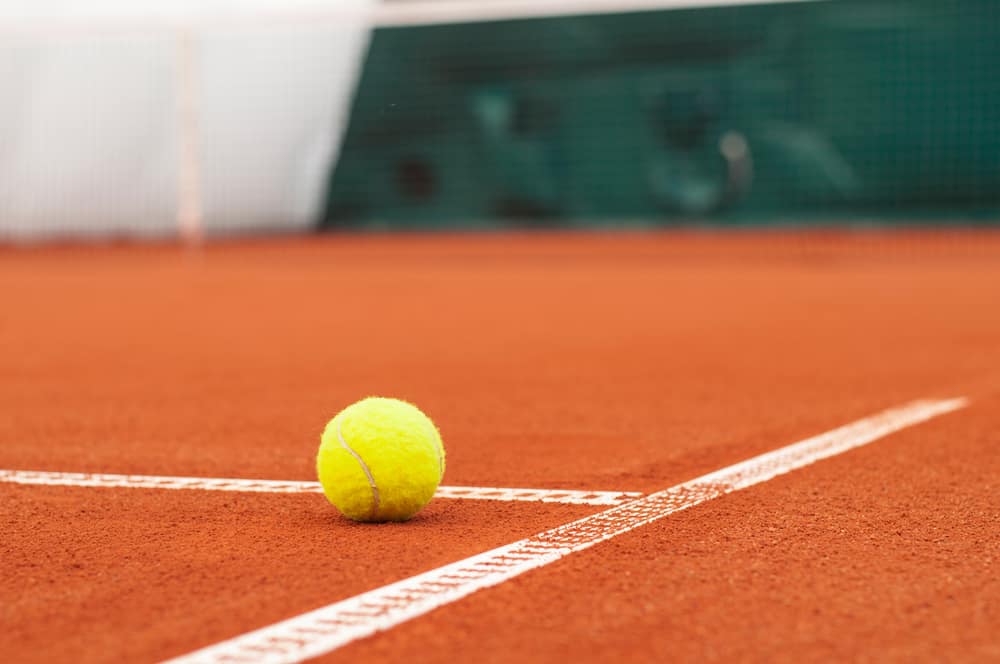
Other Considerations For Tennis Balls
Besides the classification of regular and extra duties, tennis balls fall under several other classifications that help define them. Tennis balls are also classified as fast, medium, and slow. Hardness and size will be variable between the different ball types. These factors will work together to determine the best court for the ball.
Fast balls are generally harder than the other types. Their inherent hardness allows them to move more quickly through the air once they have been hit. Slow balls are generally slightly larger than medium speed and fast balls.
When it comes to the best surface for the different ball types, fast balls are used on slower surfaces such as clay. Slow balls are used on faster surfaces such as hard outdoor courts. This is done to ensure that the effect of the court on the ball is carefully balanced out.
The pressurization of the ball is another factor to consider. Pressurized balls have air injected into them. This makes them harder and more bouncy. Due to their better performance, pressurized balls tend to have a higher price tag than the non-pressurized variety.
A non-pressurized tennis ball does not have the injection of air associated with pressurized balls. These are best used in practice sessions where the ball is required to last a significant number of repetitions.
Conclusion
While any tennis ball can technically be used on any type of court, it is not advisable to use a hard court ball on a clay court. Because of the way a hard court ball is made, it will quickly start to become fluffy while in use, with the clay penetrating the felt and making the ball heavier overall.

